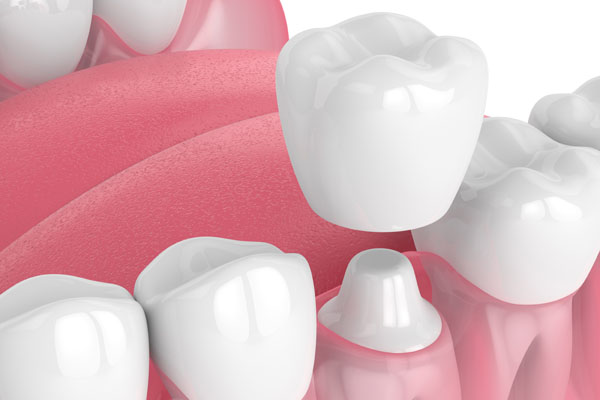Full Mouth Reconstruction Options for Missing Teeth

The term full mouth reconstruction describes treatments that aim at rebuilding all of a person's teeth. These treatments combine cosmetic dentistry procedures with restorative treatments in order to improve the health, look and function of a person's teeth.
When is a full mouth reconstruction required?
A dentist recommends a full mouth reconstruction when a person has multiple dental issues that affect numerous teeth; for example, a person who is missing more than a few natural teeth or someone who has worn down most of their teeth due to grinding them. Others are born with issues that require extensive dental restorations on their teeth like Dentinogenesis Imperfecta, Amelogenesis or Ectodermal Dysplasia.
Popular treatments performed during full mouth reconstructions
Here are some of the more popular procedures that can dentists use as part of a full mouth reconstruction:
1. Dental implants
Dentists often install implants during a full mouth reconstruction treatment. An implant is a rod that a dentist places into the patient's jawbone through surgery. It fuses with the surrounding bone tissue and that process can take up to six months to complete. Once the device is secure, the dentist will attach a crown to it directly or with an abutment.
Implants are one of the popular options for missing teeth due to how similar they are to real teeth. An implant does not need special cleaning and it can last a lifetime when the person brushes and flosses their teeth as recommended by a dentist. Implants also help to prevent bone tissue deterioration. This is one of the side effects of losing a tooth, and implants are one of the few dental prosthetics that address this problem.
2. Dentures
Dentures are a more affordable option when it comes to replacing missing teeth. These devices consist of two major parts: a plastic or acrylic base that rests on the wearer's gums, and artificial teeth that replace the missing ones. Dentures are designed to look like real teeth, making them a good option for anyone looking to improve the appearance and function of their teeth without paying an arm and a leg for it. Dentures can also be used by those who have only lost a few of their teeth. These are called partial dentures.
3. Dental bridges
Dental bridges are a practical way to replace missing teeth that are right next to each other. Just as the name implies, the bridge covers the gap created by the missing teeth. The dentist anchors the bridge by placing crowns on the teeth that are closest to the hole created by the missing tooth on both sides. Bridges look natural when installed and they restore the function of the lost teeth. A dental bridge also prevents the remaining teeth from moving into the position of the lost tooth, which typically leads to alignment issues.
Explore your missing teeth replacement alternatives with us
At GK Dental PC we regularly perform full mouth reconstructions on patients dealing with a variety of dental issues. Stop by our clinic and explore your options today.
Let's get started…
Request an appointment here: https://gkdentaloffice.com or call GK Dental PC at (617) 826-6075 for an appointment in our Everett office.
Check out what others are saying about our services on Yelp: Read our Yelp reviews.
Recent Posts
Dental restorations have been used for thousands of years. In fact, a 2012 article published by The New York Times details the discovery of a 6,500-year-old human jawbone. Considered the earliest evidence of dental fillings, it had beeswax in one tooth, which researchers believe was to ease the pain of a crack. These days, restorations…
Crowns are commonly used in dental restorations. A crown is a cap shaped like a tooth but hollow in the middle. It fits over a natural tooth that has to be prepared first. Depending on the issue it is correcting, a crown can be used by itself or as a component of another restoration technique.Teeth…
Regular dental checkups are vital to keeping your teeth and gums healthy. You should visit your family dentist at least once every six months. This includes both adults and children alike. Routine dental appointments are essential for good oral health and they offer many important benefits.Tartar removal is an important step in dental appointments that…
Restorative dentistry refers to any type of dental procedure that a dentist performs to restore a damaged or missing tooth. Dental restorations can encompass several procedures that vary in terms of invasiveness, complexity, and what they can accomplish. However, the overreaching goal of all restorative procedures is to improve the health, function, and appearance of…


